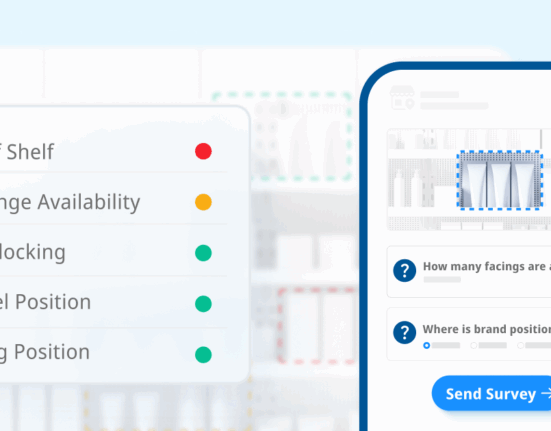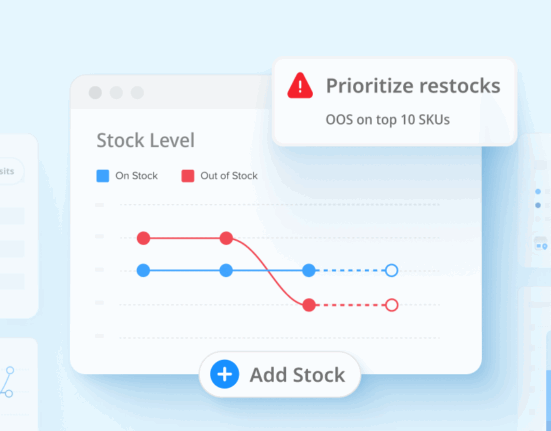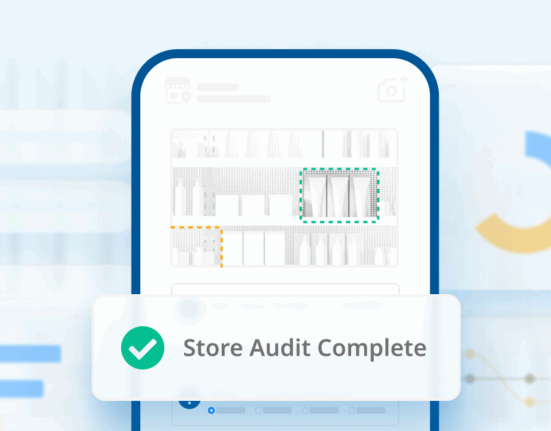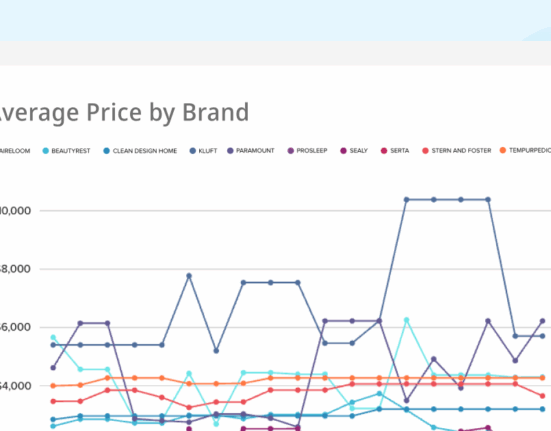Unfortunately, when it comes to eCommerce, it’s not uncommon for potential customers to leave a retailer’s site without actually making a purchase. The product may be in their shopping cart, on their wish list, or viewed multiple times, yet the sale doesn’t reach completion. Though this scenario might seem like a loss on the surface, in reality it opens the door to an effective strategy known as remarketing.
Remarketing is a powerful tool that enables retailers to reconnect with website visitors who have previously engaged with their online storefront without making a purchase. This technique utilizes technology to deliver personalized ads that specifically target potential customers, gently reminding them of the products they have already shown interest in. The goal is to motivate customers to return to the website and complete their purchase.
The benefits of remarketing are substantial for established retailers. By understanding and implementing effective remarketing strategies, retailers can revive customer interest, turning browsers into buyers and lost opportunities into closed deals.

Understanding Remarketing as a Strategy
The remarketing strategy reinforces your brand’s presence, keeping it at the forefront of the potential customer’s mind, and provides additional opportunities for them to return and complete a transaction.
Remarketing often works by leveraging cookies, a small piece of data stored on the user’s device when they visit a website. When users visit your website and do not complete a purchase, a cookie is placed on their device. This cookie then triggers your ads to follow these users across different websites or platforms within the display network, subtly reminding them of what they left behind and tempting them to return to your site.
Benefits of Remarketing
Remarketing offers a multitude of benefits for retailers. Here are a few key advantages:
- Increased Conversion Rates: Remarketing allows you to target customers who are already familiar with your brand, thereby increasing the likelihood of conversions.
- Brand Recall: Regularly appearing in a customer’s online space keeps your brand fresh in their mind, enhancing brand recall.
- Better ROI: Remarketing typically results in a higher ROI as the advertising spend is focused on customers who have already shown an interest in your products.
- Personalized Marketing: It enables personalized marketing, as you can create tailor-made ads based on the visitor’s browsing behavior.
- Customer Engagement: Remarketing can be used to engage customers throughout their buying journey, improving overall customer experience and loyalty.
The Role of Remarketing in Conversion Rates
Remarketing is a digital marketing strategy that operates on a simple principle: remind your potential customers about your offerings and nudge them to complete their transactions.
Moreover, remarketing ad campaigns can be tailored based on the user’s behavior, increasing their effectiveness. For example, targeted ads may display the exact product a user was viewing on your site, creating a highly personalized experience and increasing the chances of conversion.
By strategically placing these ads on websites and platforms frequented by your audience, you can leverage the power of familiarity and repetition to influence their purchasing decision, thereby enhancing conversion rates.
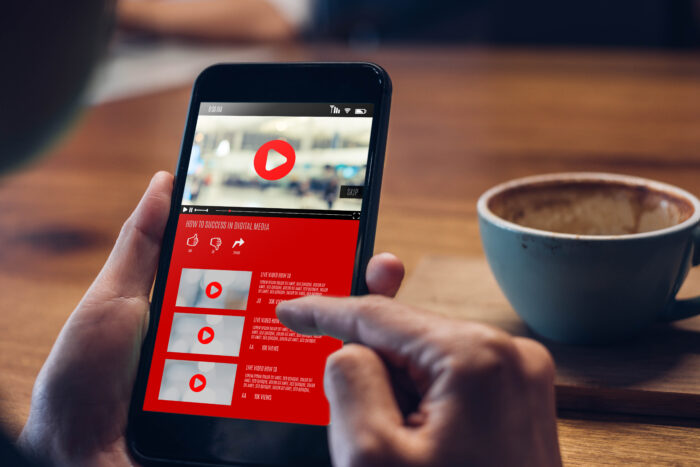
Possible Strategies for Remarketing Campaigns
Re-engagement strategies are crucial for revitalizing customer relationships and restoring their interest in your business. Various methods exist, each with their own unique benefits.
- Email Marketing: This is a cost-effective, targeted strategy that uses personalized content to rekindle the customer’s interest. It boasts high return-on-investment, given the ability to tailor content to individual customer preferences and behaviors.
- Loyalty Programs: By offering rewards, discounts, or exclusive benefits, loyalty programs incentivize repetitive purchases, thereby fostering a sense of belonging and value among customers.
- Retargeting Ads: Through these, you can remind customers of your products or services when they visit other websites or social media platforms. It not only enhances brand visibility but also keeps your business at the forefront of the customer’s mind.
- Video Remarketing: When a potential customer watches a brand’s video or visits their site, a cookie is placed on their browser. This allows the brand to ‘follow’ the user across the web and display relevant video ads to them, making this a particularly targeted approach.
- RLSA (Remarketing Lists for Search Ads): RLSA is a strategy that allows brands to customize their search ad campaigns for individuals who have previously interacted with their website. Essentially, RLSA lets advertisers tailor bids and ads to these potential customers when they’re searching on Google.
Choosing the right strategy depends largely on your business type and target audience. For instance, a retail business targeting millennials might find success in a well-executed email marketing campaign or a loyalty program. On the other hand, businesses with a broader demographic range may find value in retargeting ads. It’s essential to understand your audience’s behavior, preferences, and the platforms they frequent when selecting a re-engagement strategy.
Implementing a Successful Remarketing Campaign
Creating a successful remarketing campaign begins by defining a clear and specific goal. Are the objectives to increase brand awareness, boost customer engagement, or drive sales conversions? Knowing the desired outcome helps in crafting a tailored strategy and measuring the campaign’s effectiveness.
The next step involves segmenting the audience. Not all customers are at the same stage in the buying process, and thus, a one-size-fits-all approach won’t yield optimal results. Segmenting the audience based on their interaction level with the brand ensures targeted ad content that resonates with each group.
For example, customers who have abandoned their shopping carts might need a gentle reminder, while those who browsed a specific product category could benefit from personalized product recommendations.
Leveraging the power of compelling ad copy and visuals cannot be overstated. A catchy headline, concise yet persuasive copy, and visually appealing graphics are instrumental in capturing the audience’s attention and triggering action. Tailoring ad content to reflect the customers’ previous interaction with the brand can significantly enhance conversions.
Lastly, continuous monitoring and optimization of the campaign is crucial. This includes A/B testing of different ad elements, analyzing audience engagement, and tracking conversion rates. Insights derived from these tests and analyses can guide any adjustments necessary to maximize the campaign’s success.

Harnessing the Potential of Remarketing
The process of remarketing has a profound impact on reviving customer interest and boosting conversions. It allows businesses to strategically position their brand in front of an audience who has previously shown an interest, effectively nurturing their journey from awareness to decision-making. By leveraging these types of remarketing techniques, businesses can foster deeper connections with potential customers, thus increasing the likelihood of conversions.
Moreover, remarketing enables a cost-effective strategy for customer retention. Instead of focusing all energy and resources on acquiring new consumers, businesses can utilize remarketing to capitalize on their existing customer base. It fosters a sense of familiarity and trust, encouraging previous customers to return and increasing the possibility of conversion.
Remarketing serves as an instrumental tool in the realm of digital marketing, playing a significant role in customer retention and conversion optimization. It’s an efficient approach towards re-engaging customers, providing them with tailored content based on their behaviors and preferences. As markets become increasingly competitive, businesses that effectively harness the power of remarketing will find themselves at a significant advantage.
Visit Wiser.com today to learn more about how to influence the customer experience.




